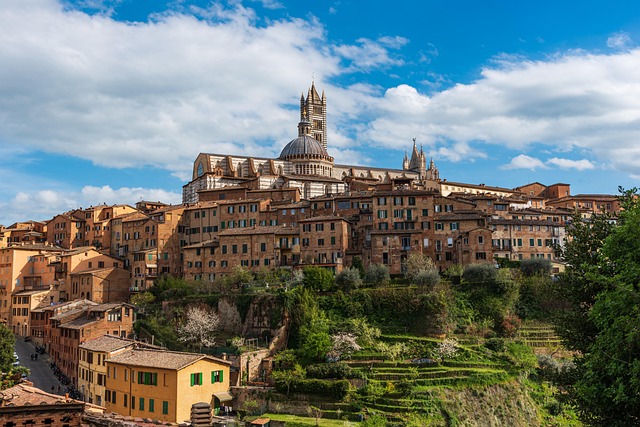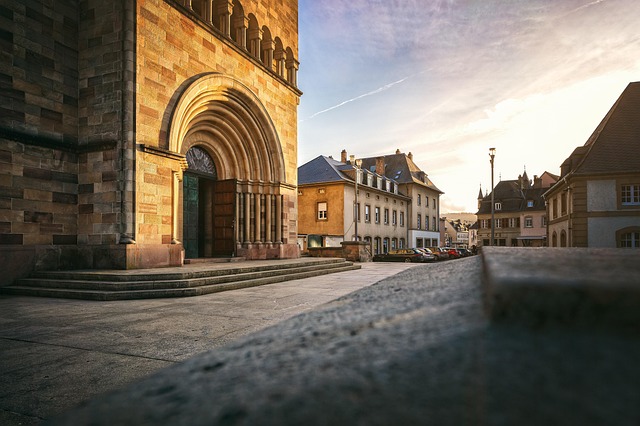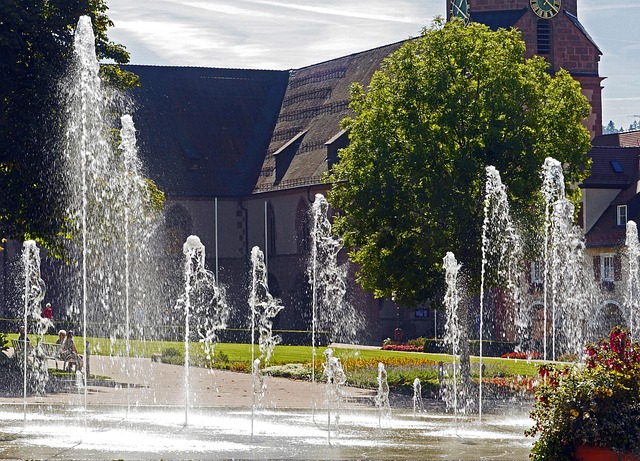Green Growth: Eco-Friendly Tactics for Habitat Conservation Plans
In a world increasingly defined by urban sprawl and industrial progress, the development of nature conservation plans has become paramount. As we strive for a balance between growth and environmental stewardship, it’s vital to embrace eco-friendly tactics that not only support biodiversity but also foster a sense of community connection to the natural world.
The Importance of Habitat Conservation
Our habitats are home to an extraordinary variety of flora and fauna, each playing a crucial role in maintaining ecological balance. However, human activities have severely impacted these ecosystems, leading to habitat degradation and loss. By focusing on the development of nature conservation plans, we can proactively address these challenges and promote a healthier relationship with our environment.
Eco-Friendly Gardening Techniques
Homeowners and communities alike can contribute to habitat conservation by adopting eco-friendly gardening practices. Native plants, for instance, are not only beautiful but also support local wildlife, attracting pollinators and various species that thrive in their natural environments. Choosing to plant native species allows us to cultivate gardens that are both vibrant and sustainable.
Creating Green Spaces
Instituting green spaces in urban areas is another effective strategy within habitat conservation plans. Parks, community gardens, and bioswales not only serve as refuges for diversity but also enhance air quality and encourage community engagement. These spaces provide opportunities for people to connect with nature, learning the value of preserving the ecosystems surrounding them.
Eco-Conscious Urban Development
As cities expand, integrating eco-conscious approaches into urban development can lead to more sustainable outcomes. Focusing on green architecture, incorporating green roofs, and promoting eco-friendly transport can help minimize the environmental impact of new developments. Collaborating with environmentalists during planning stages ensures that nature is considered in every decision, ultimately leading to a healthier environment for all.
Community Involvement and Education
Educating the community about the importance of habitat conservation plans is critical. Workshops, local events, and informational resources can inspire individuals to take action in their own backyards. Community involvement can create powerful grassroots movements that support nature conservation, emphasizing that everyone has a role to play in safeguarding our natural heritage.
Each small step toward eco-friendliness contributes to the larger goal of preserving our planet. Through mindful choices in gardening, urban planning, and community participation, we can cultivate a future that respects and cherishes the diverse habitats we share. By embracing our responsibility towards nature, we pave the way for an enduring and sustainable connection with the environment.




